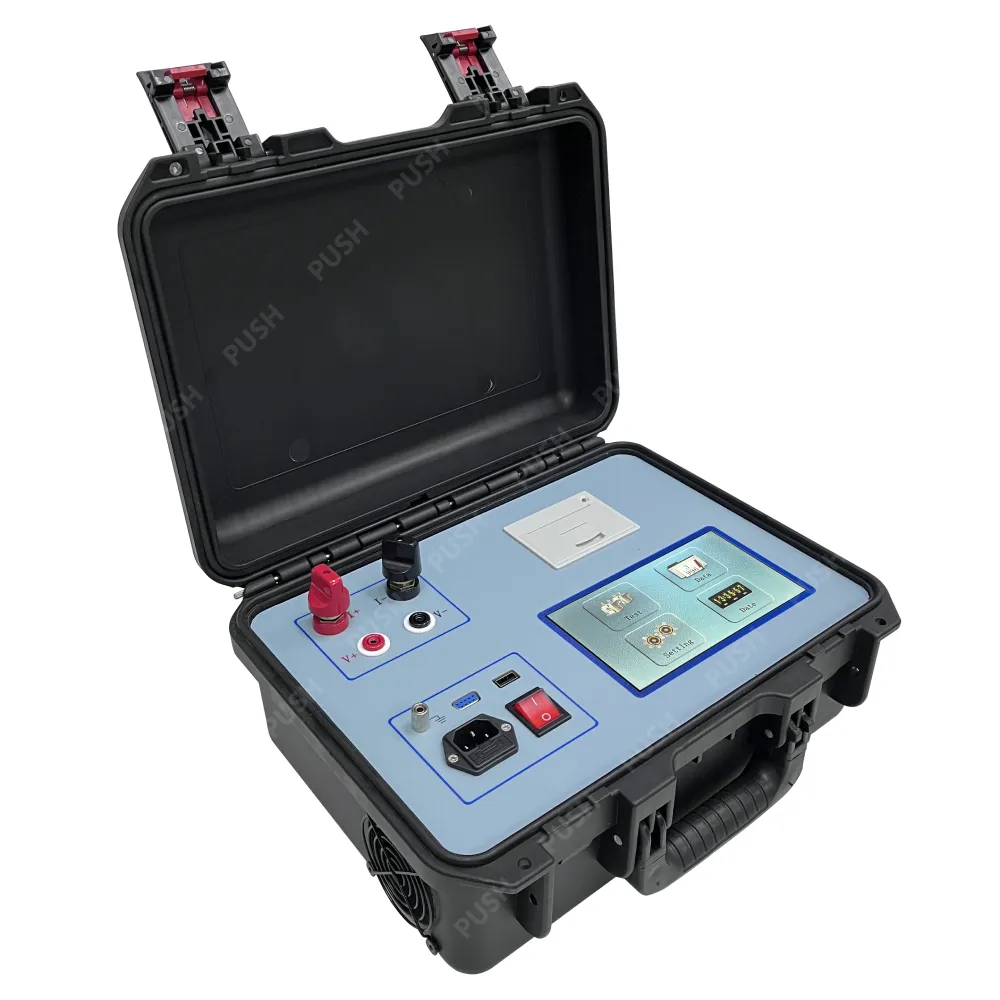 English
English


Evaluating the Quality and Temperature of Frying Oil for Optimal Cooking Results
The Importance of Frying Oil Testers in Culinary Practices
Frying is an integral cooking technique that adds flavor and texture to a variety of dishes. The success of frying often hinges on the quality of the oil used, which not only affects taste but also impacts health and food safety. One critical tool that chefs and food service operators rely on to ensure oil quality is the frying oil tester.
Understanding Frying Oil Testers
Frying oil testers are specialized devices designed to measure the composition and health of frying oil. They analyze key parameters such as oil temperature, total polar compounds (TPC), level of free fatty acids (FFA), and other factors that indicate oil degradation. With the introduction of these testers, chefs can make informed decisions about when to change the oil, leading to better cooking results and a safer dining experience.
Why Frying Oil Quality Matters
The quality of frying oil directly affects the end product. Oils that have been used repeatedly can break down, leading to undesirable flavors and potentially harmful compounds. When oil degrades, it undergoes oxidation, which creates free radicals that can contribute to various health issues, including heart disease and cancer when consumed over time.
The presence of total polar compounds is a significant indicator of oil condition. As oil is heated and reused, these compounds accumulate and can lead to off-flavors and poor frying performance. High levels of TPC often indicate that the oil should be replaced, as cooking with degraded oil can result in an unpleasant taste in food and a negative dining experience.
Benefits of Using Frying Oil Testers
frying oil tester

1. Quality Control Regularly testing frying oil ensures consistency in flavor and quality across dishes. For restaurants and commercial kitchens, this means keeping customers satisfied and coming back for more.
2. Health Considerations By ensuring the oil is in good condition, restaurants can reduce the risk of serving unhealthy, rancid, or potentially harmful food. This is particularly crucial in today's environment where health-conscious consumers are more informed than ever about their food choices.
3. Cost Efficiency Using frying oil testers can help reduce waste. By monitoring oil quality, kitchens can extend the life of their oil, thus saving money in the long run and minimizing the frequency of oil replacements.
4. Environmental Impact Proper oil management also helps lessen environmental waste. By maximizing oil usage and reducing the number of used oils that need to be discarded, kitchens can contribute to a more sustainable food service operation.
Types of Frying Oil Testers
Several types of frying oil testers are available, ranging from simple handheld devices to more sophisticated laboratory-grade equipment. Handheld testers provide quick readings for TPC and FFA, allowing chefs to make real-time decisions during peak cooking hours. Advanced systems, on the other hand, can offer detailed analyses and track oil condition over time, which is useful for large operations that rely on consistent quality.
Conclusion
In conclusion, frying oil testers play a vital role in maintaining the quality and safety of frying oils. As the culinary landscape becomes more competitive and health-conscious, these devices are essential for chefs and restaurateurs who aim to deliver the best dining experiences. By investing in frying oil testers and integrating them into regular kitchen practices, culinary professionals can ensure that their frying processes yield outstanding flavors, uphold health standards, and promote sustainability in their operations.
-
Differences between open cup flash point tester and closed cup flash point testerNewsOct.31,2024
-
The Reliable Load Tap ChangerNewsOct.23,2024
-
The Essential Guide to Hipot TestersNewsOct.23,2024
-
The Digital Insulation TesterNewsOct.23,2024
-
The Best Earth Loop Impedance Tester for SaleNewsOct.23,2024
-
Tan Delta Tester--The Essential Tool for Electrical Insulation TestingNewsOct.23,2024





